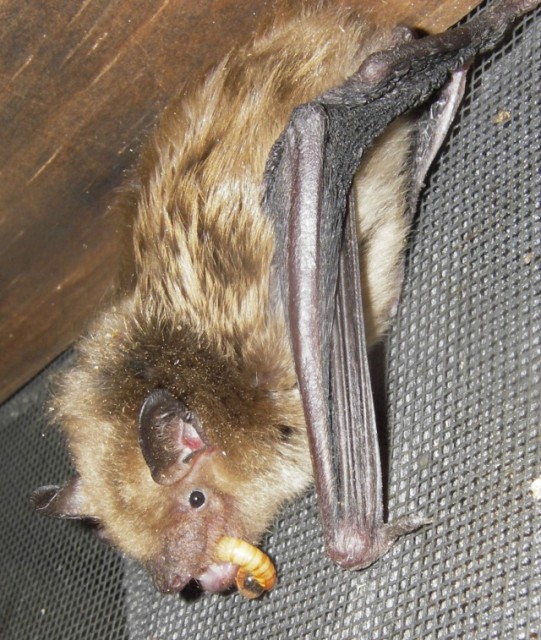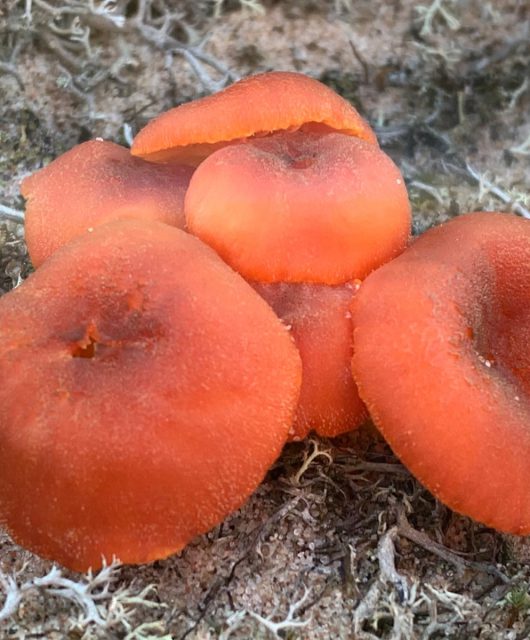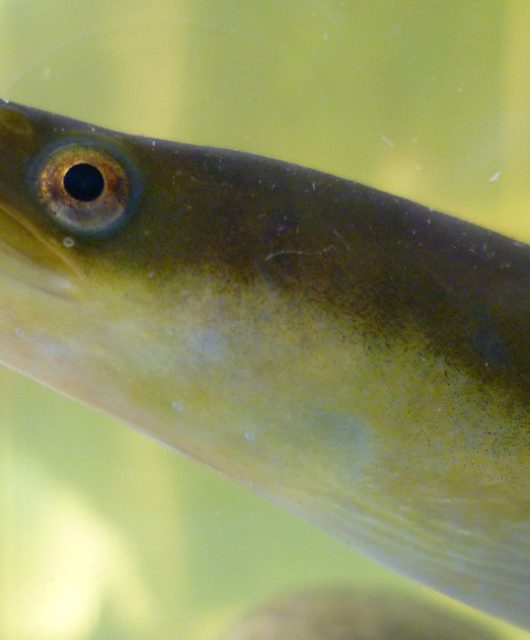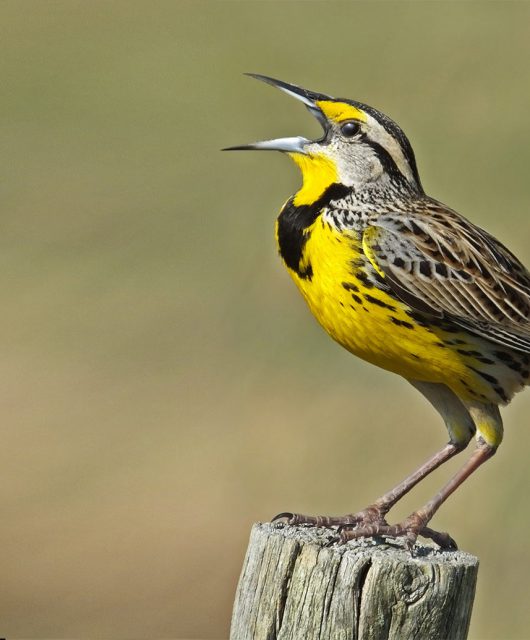A Big Brown Bat with a Meal Worm – [PHOTO CREDIT: KAREN VANDERWOLF/NB MUSEUM]
Bats make up nearly a fourth of described mammal species, second only to the rodents in diversity. Bat species unknown to science are still being discovered: 30 new species were identified just last year, bringing the total to 1,293. Most of this diversity is found in the tropics. North America has 48 bat species, with 18 found in Canada. All bats found in Canada are fairly small and eat insects. British Columbia has the greatest diversity of bats (16 species) among the provinces; 8 of those species do not occur anywhere else in Canada.
So far white-nose syndrome (WNS) is only found in the eastern half of North America. Bat species that live in the western half have never been exposed to WNS and it is unknown how they would be affected by it. Even in the east, not all bat species are affected by WNS. Some species never enter caves and so are never exposed to the fungus that causes WNS. Some bat species that do enter caves seem to suffer less mortality than others, possibly due to differing physiologies. So far scientists have found 9 bat species with the fungus, but only 6 of these species develop symptoms of WNS. The 6 include the Little Brown Bat, Northern Long-eared Bat, Tricolored Bat, Small-footed Bat, Indiana Bat, and Big Brown Bat, with the first 3 species suffering the greatest mortality. For instance, Little Brown Bats often decline by 90-100% in WNS positive hibernacula, while Big Brown Bat declines are more often in the 30-60% range. Bat species in Western Europe that are exposed to the fungus do not appear to decline at all! The reason(s) for the differences are not known but studies are ongoing. Understanding why some bat species are resistant to WNS may offer insight for a future cure.






